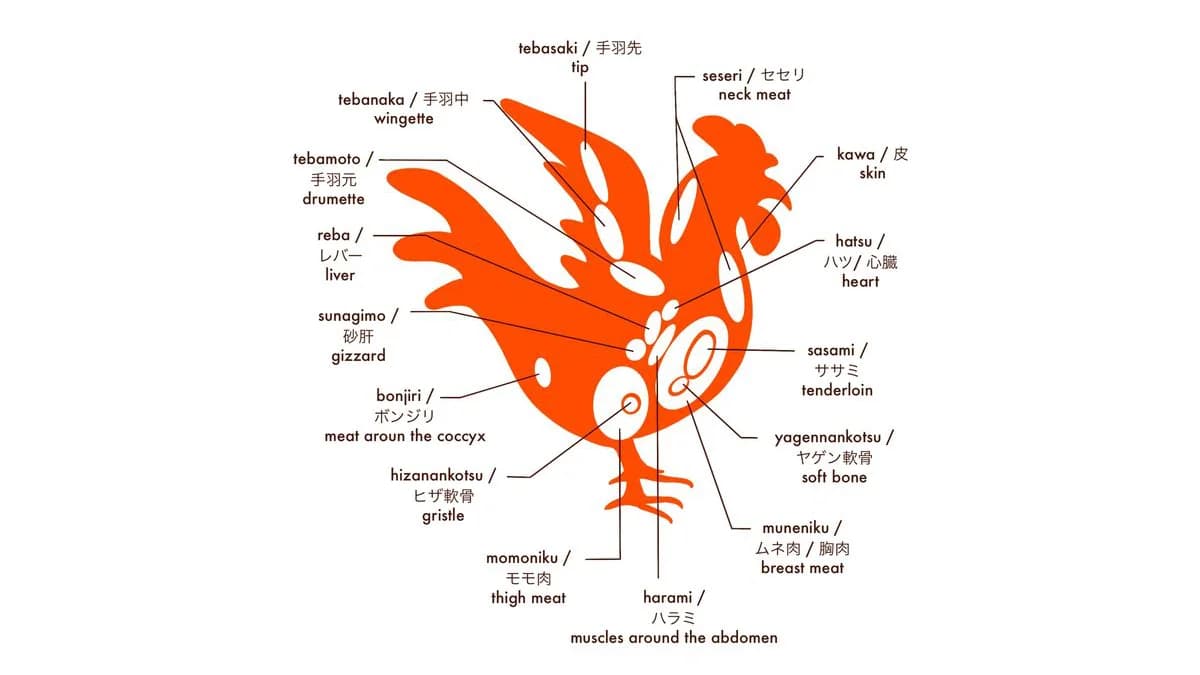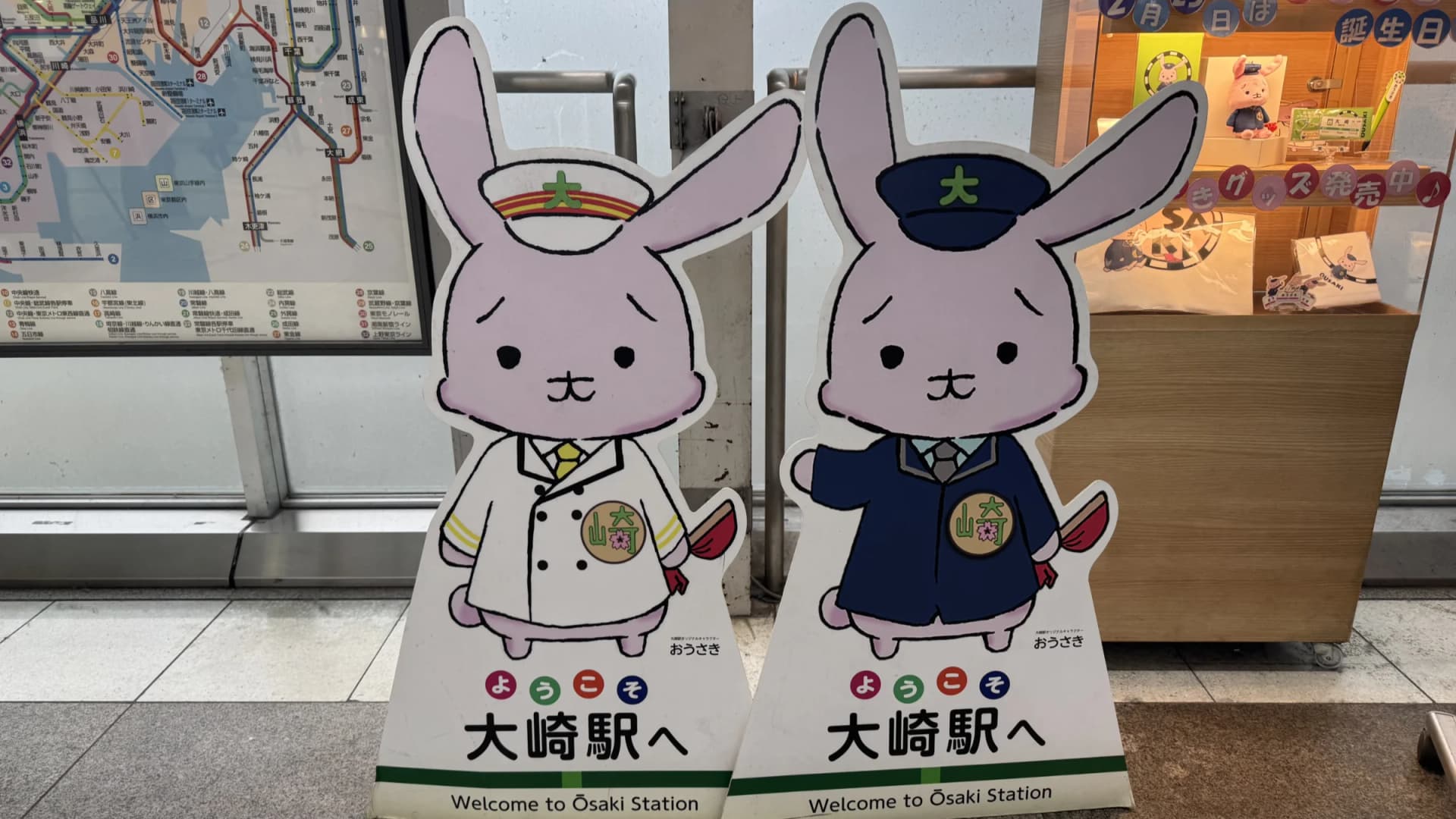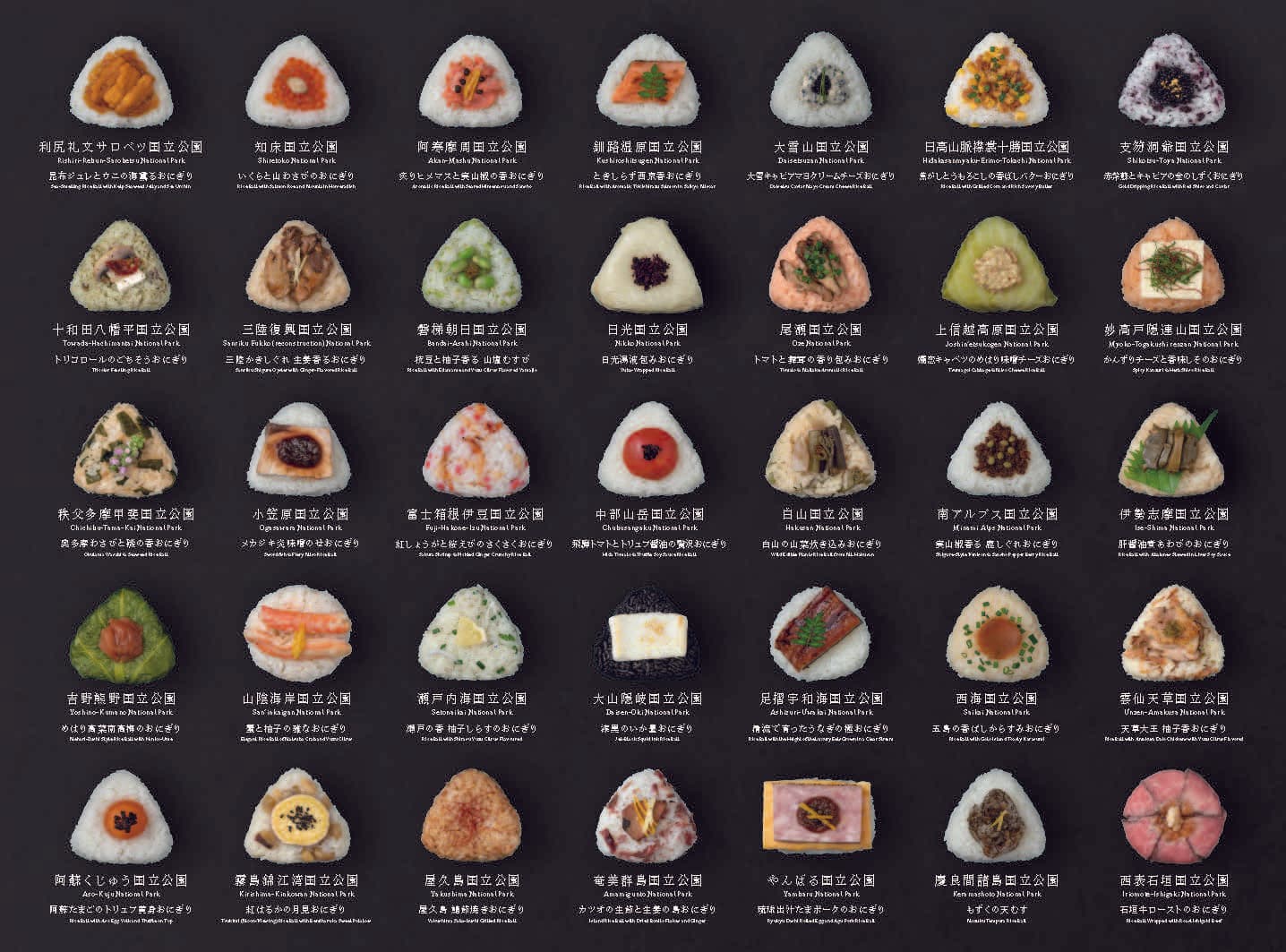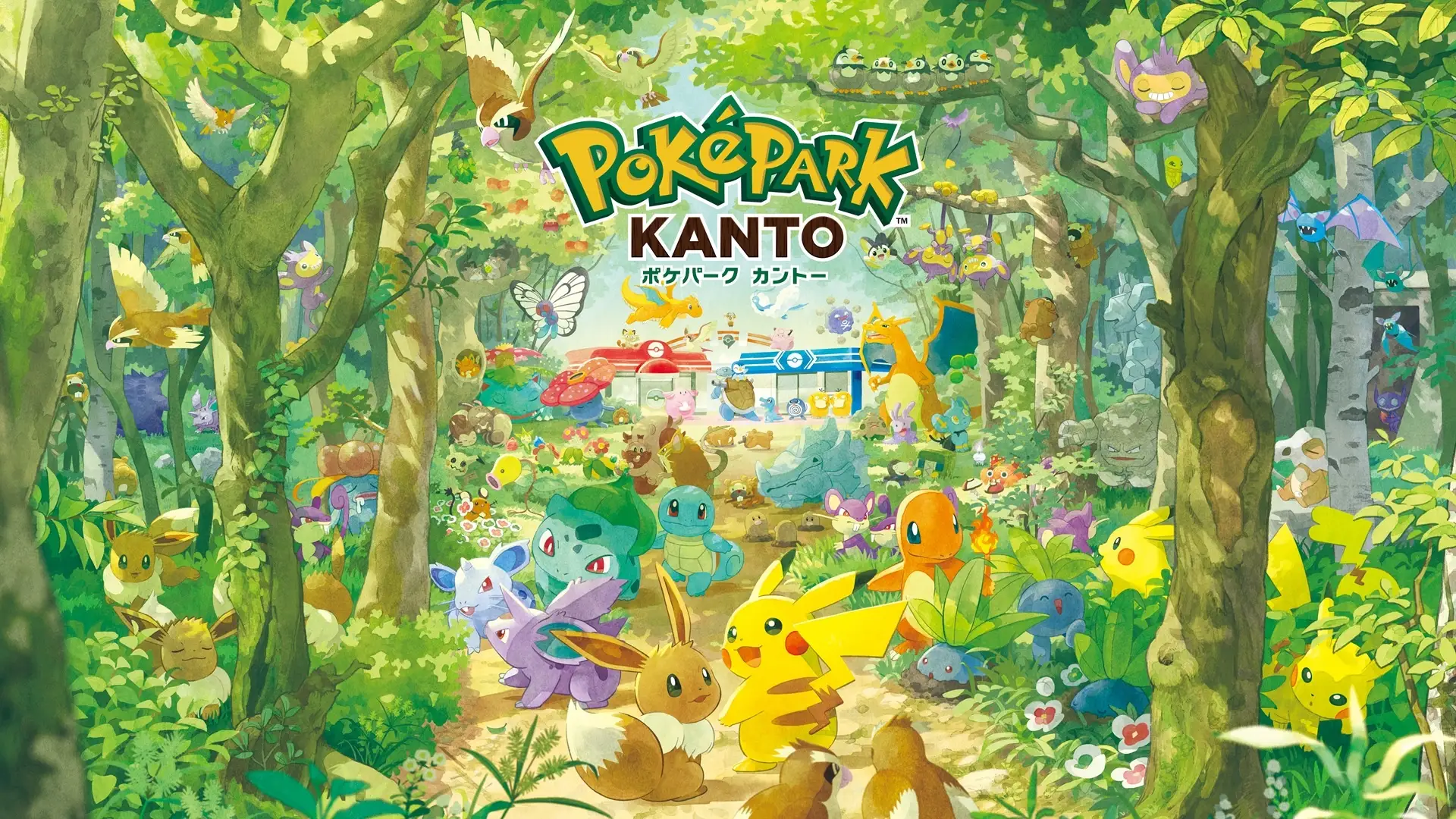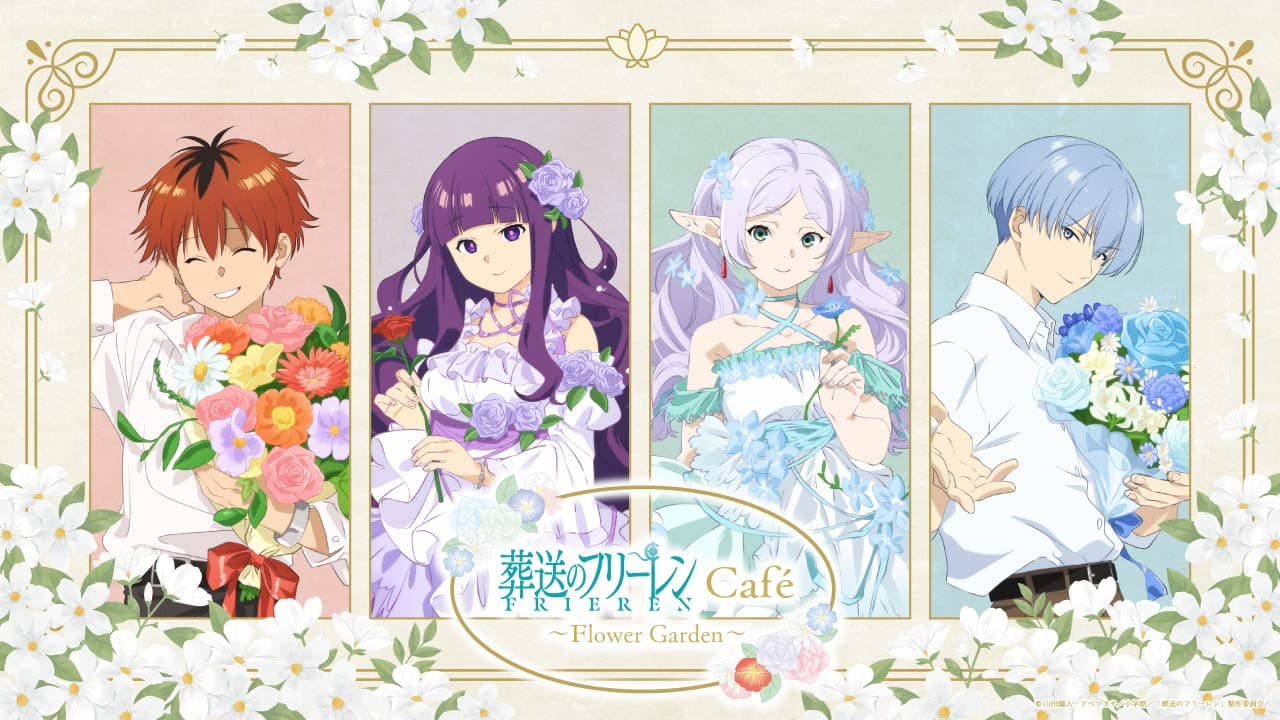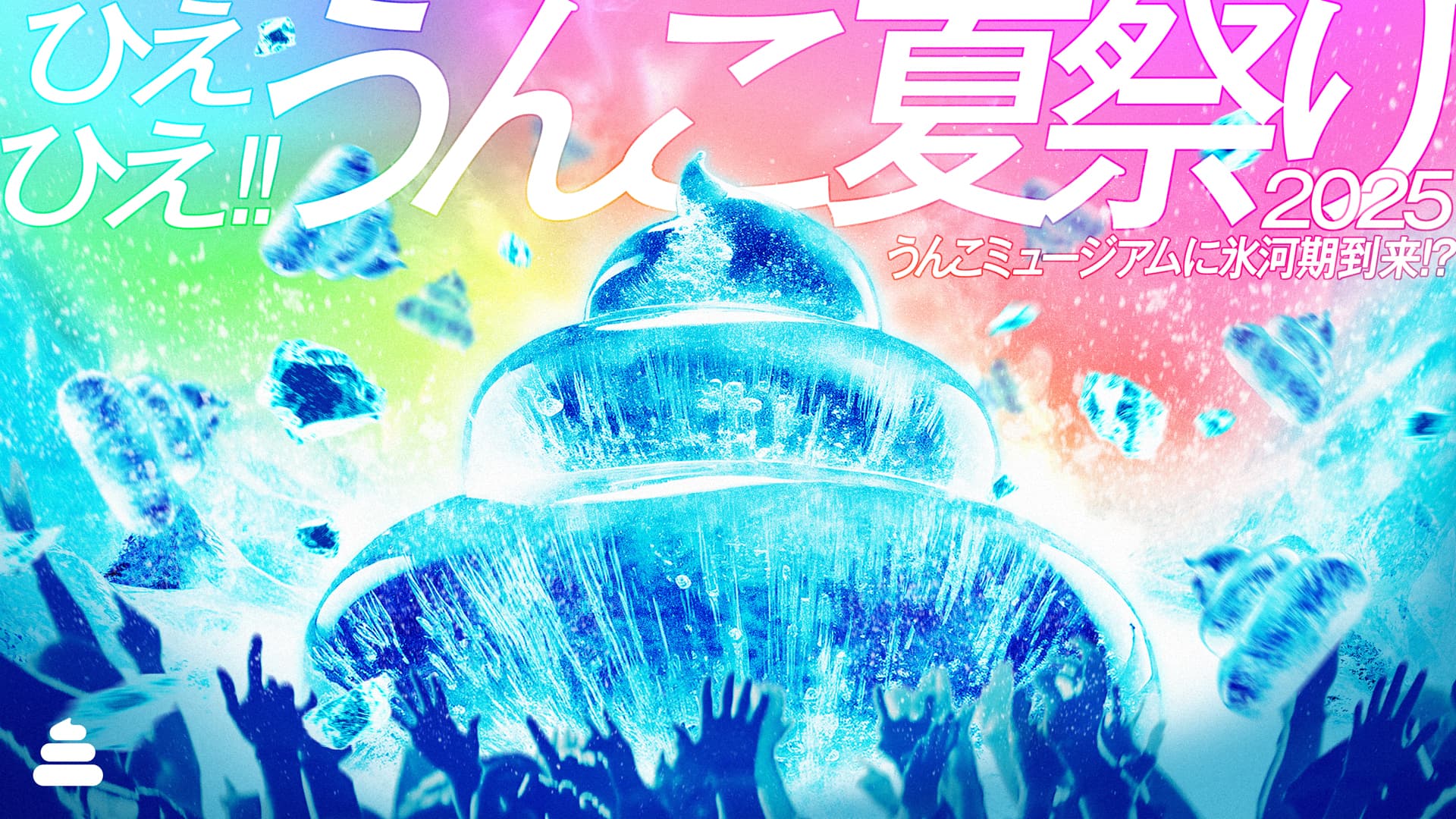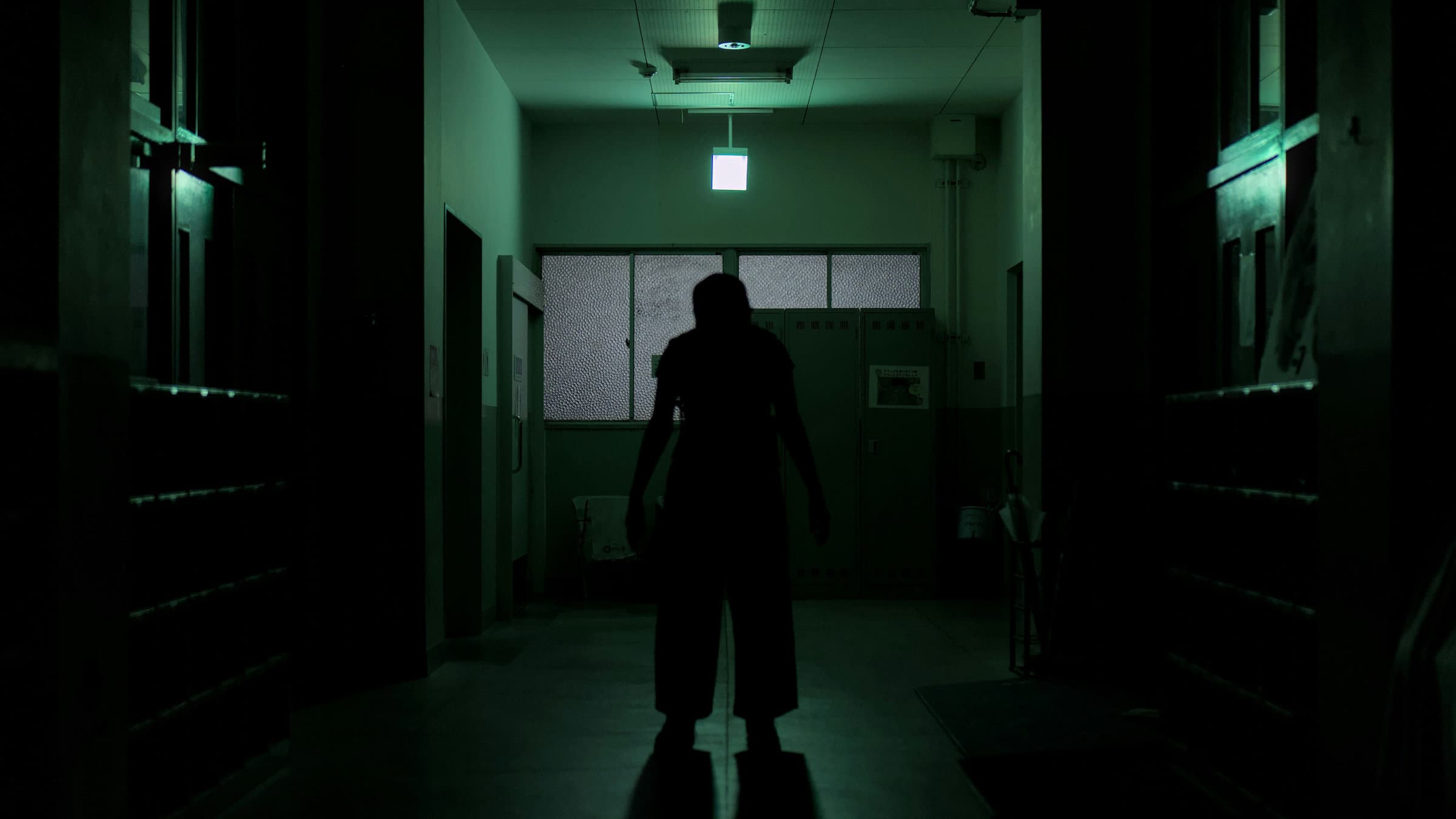
Japanese Horror Films That Redefined the Genre
As October winds creep through bare branches and jack-o'-lanterns flicker in windows, it's time to explore the uniquely unsettling world of J-horror. While Western horror often relies on jump scares and gore, Japanese horror masters craft atmospheric dread that seeps into your bones and lingers long after the credits roll. These films tap into primal fears through vengeful spirits, cursed technology, body horror, and psychological terror that transforms the everyday into the extraordinary. Whether you're a seasoned horror veteran or looking to expand your Halloween watchlist, these Japanese masterpieces will ensure your spooky season is filled with genuine chills. Turn off the lights, grab your blanket for protection, and prepare for horror that transcends cultural boundaries.
Marebito (2004)
Takashi Shimizu takes a break from ghostly curses to deliver this deeply unsettling exploration of urban legends and obsession. The film follows Masuoka, a freelance cameraman who becomes fascinated with the concept of true fear after filming a man's suicide in the subway. His investigation leads him into Tokyo's underground tunnels where he discovers a naked, chained woman who doesn't speak or eat normal food. What makes "Marebito" perfect for Halloween is its dreamlike descent into madness that blurs the line between reality and delusion. Shimizu employs grainy digital video to create an intimate, voyeuristic atmosphere that makes viewers feel complicit in Masuoka's disturbing journey. The film draws from H.P. Lovecraft's concepts of forbidden knowledge and Richard Shaver's "Hollow Earth" theories, creating a mythology that feels both ancient and urgently modern. As Masuoka's apartment becomes a prison for his mysterious captive, the film explores themes of isolation and the dangerous allure of the unknown. The minimalist approach - much of the film consists of Masuoka's video diaries and wandering through empty spaces - creates an oppressive atmosphere where dread builds from what isn't shown.
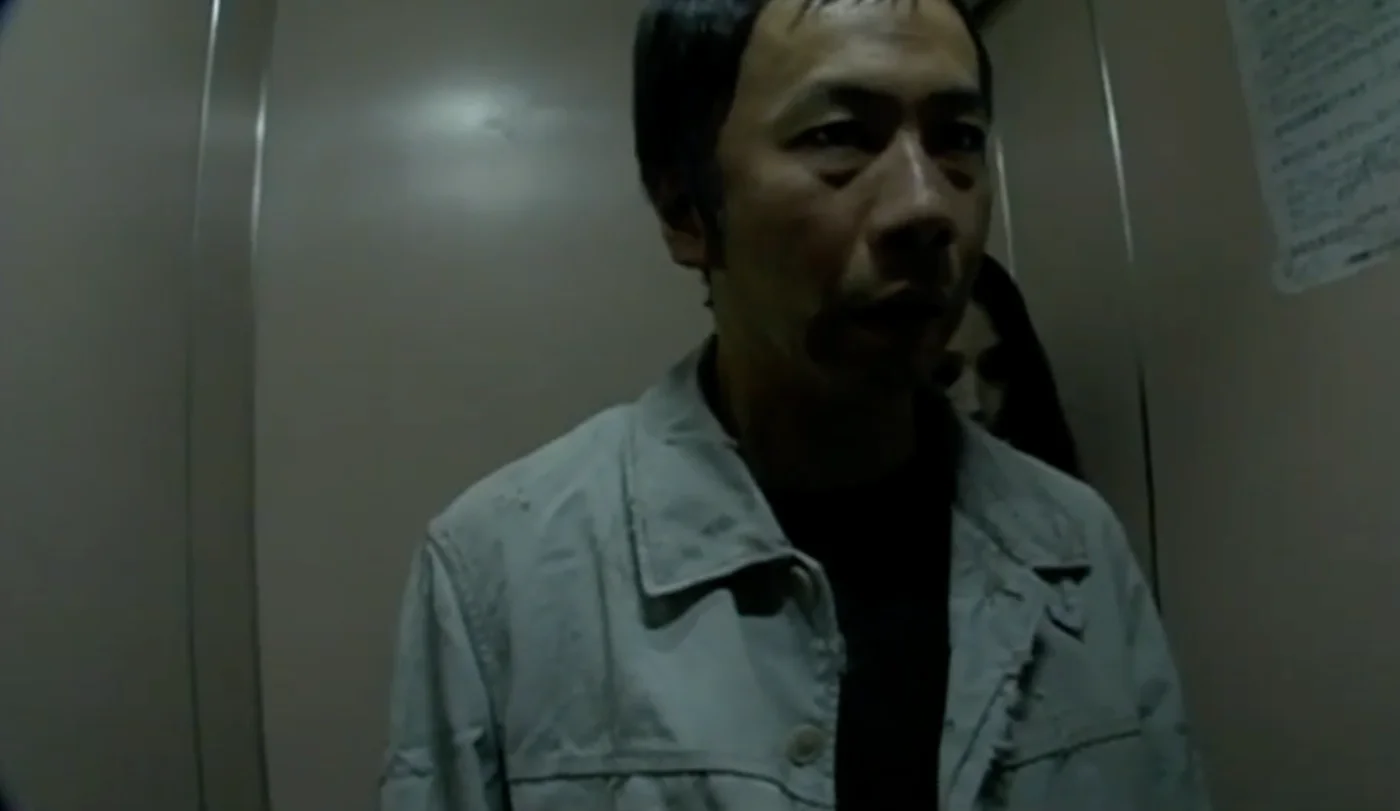
Tetsuo: The Iron Man (1989)
Shinya Tsukamoto's cyberpunk nightmare assault on the senses proves that Halloween horror doesn't need ghosts or demons when you have the horror of flesh fusing with metal. Shot in grainy black and white on a shoestring budget, this frenetic 67-minute fever dream follows a salaryman who begins transforming into a walking scrap heap after a hit-and-run accident with a metal fetishist. The film's industrial soundtrack of clanging metal and drill sounds creates an auditory Halloween experience unlike any other horror film. Tsukamoto employs hyperkinetic editing, stop-motion animation, and extreme close-ups to create a visceral experience that feels like being trapped inside a malfunctioning machine. The body horror on display - including a particularly infamous drill sequence - pushes boundaries while exploring themes of dehumanization in modern society. What makes this essential Halloween viewing is its complete abandonment of conventional narrative in favor of pure sensory overload. The transformation sequences, achieved through practical effects and creative cinematography, remain disturbing decades later. "Tetsuo" influenced an entire generation of filmmakers and proved that horror could be experimental and artistic while still being genuinely disturbing.
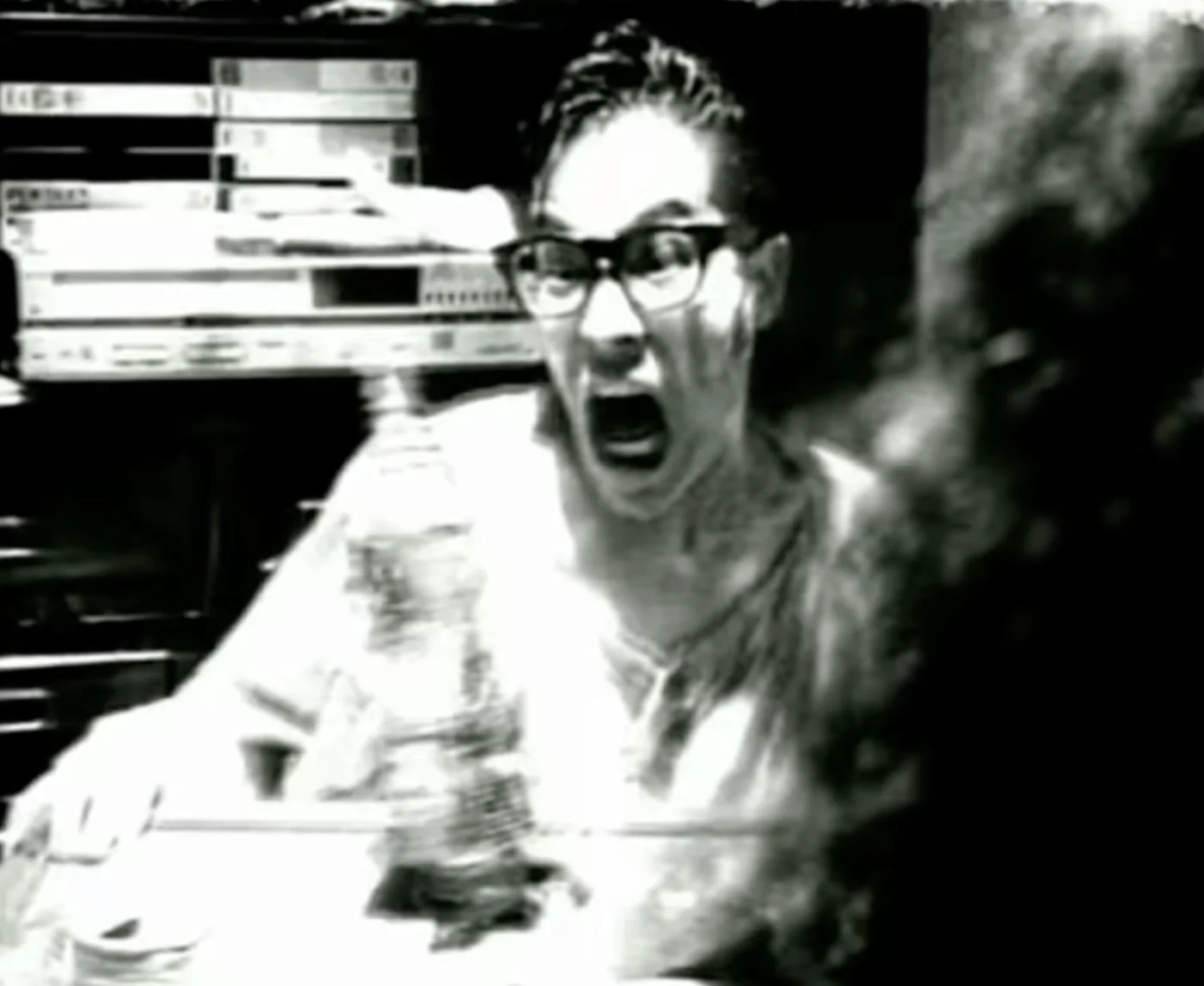
Ring (1998)
Hideo Nakata's "Ringu" remains the undisputed champion of J-horror and the perfect film to cap off Halloween night. The premise is brilliantly simple: watch a cursed videotape, receive a phone call telling you that you'll die in seven days, and then try to break the curse before your time runs out. Reporter Reiko's investigation into the mysterious deaths leads her into a decades-old tragedy involving a psychic girl named Sadako, whose rage transcended death itself. What makes "Ringu" the ultimate Halloween watch is how it transformed everyday technology into an instrument of terror - in 1998, VHS tapes were in every home, making the threat feel immediate and real. The cursed video itself, with its nightmarish imagery of a well, a mysterious figure in white, and cryptic symbols, creates unease without relying on conventional scares. Nakata builds tension through investigation and mounting dread rather than cheap jumps, making viewers active participants in solving the mystery. The film's influence cannot be overstated - it launched the J-horror boom, inspired countless remakes and imitations, and gave us one of horror's most iconic images: Sadako emerging from the television screen, her wet hair covering her face as she literally breaks the fourth wall. Even knowing what's coming doesn't diminish the scene's power, making "Ringu" endlessly rewatchable every Halloween season.
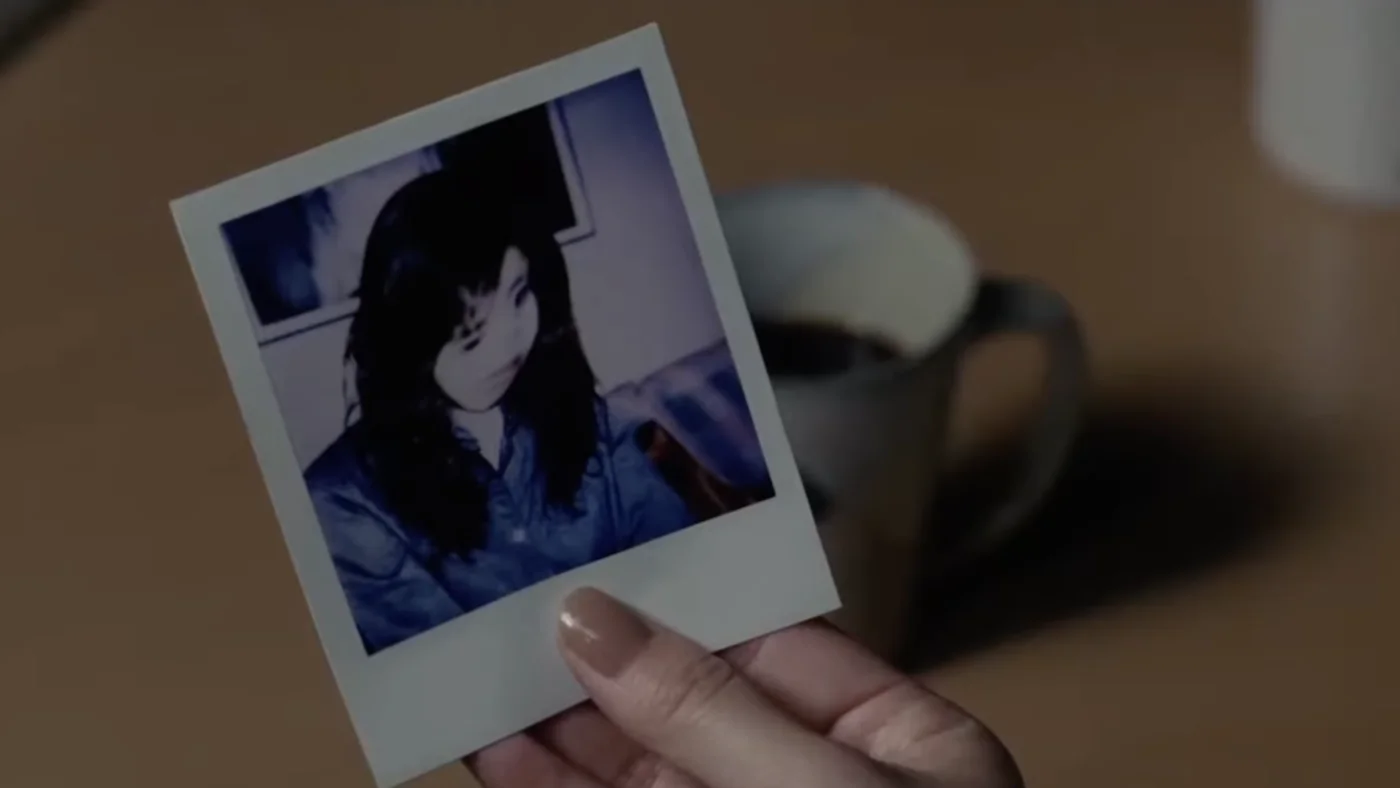
Dark Water (2002)
Hideo Nakata's haunting follow-up to "Ringu" proves that water can be just as terrifying as any monster. The film follows single mother Yoshimi and her young daughter as they move into a rundown apartment building where a mysterious water stain on the ceiling grows larger each day. What begins as a custody battle drama transforms into supernatural terror as the building's dark secret - involving a missing child and a red school bag - slowly reveals itself. The oppressive atmosphere of constant rain and dripping water creates a suffocating sense of dread. Nakata masterfully builds tension through mundane details: an elevator that stops at the wrong floor, footsteps from an empty apartment above, and that ever-expanding water stain that seems to pulse with malevolent life. The film's restraint makes its few horrifying moments hit even harder, particularly a bathtub scene that will make you think twice about taking a relaxing soak. With its themes of maternal sacrifice and childhood abandonment, "Dark Water" delivers emotional depth alongside its scares.
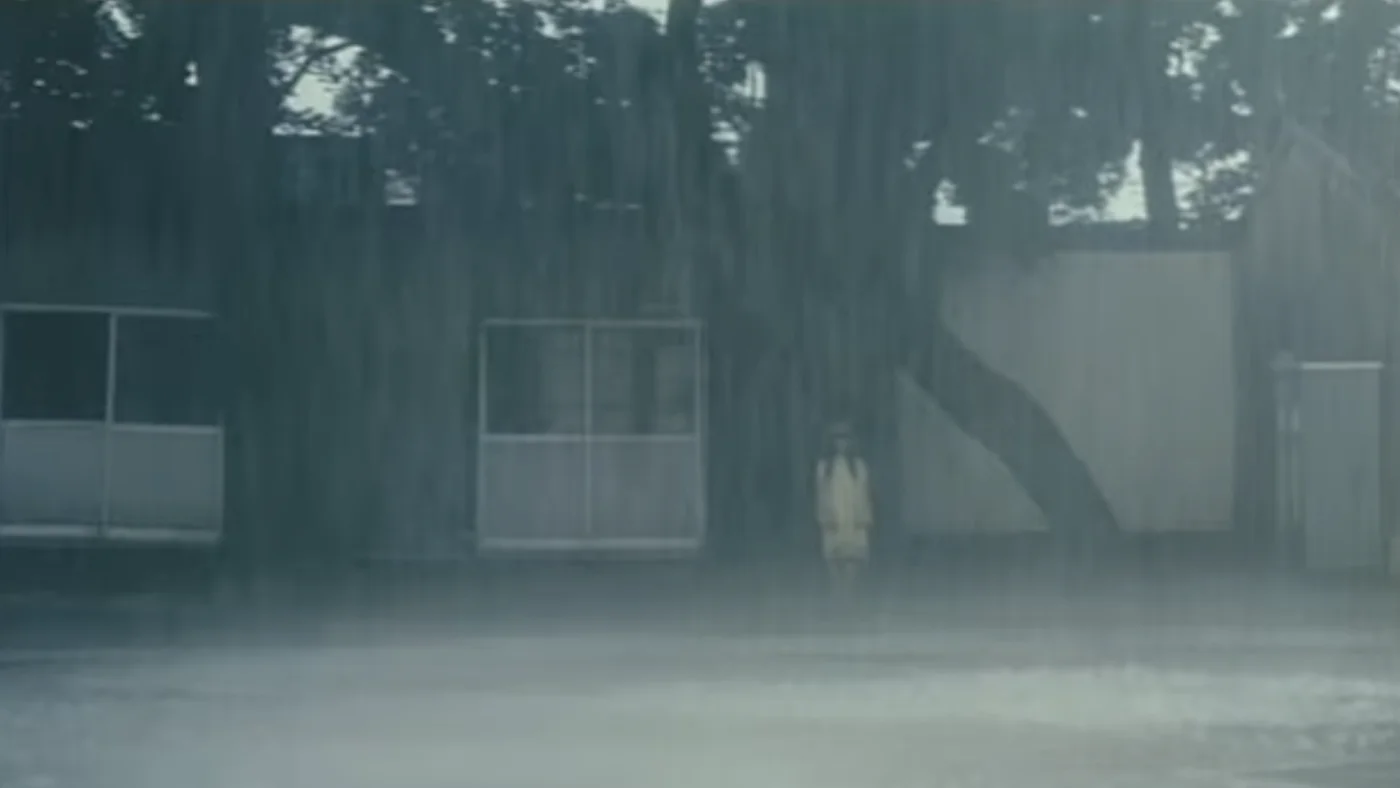
Audition (1999)
Takashi Miike's twisted romance-turned-nightmare starts innocently enough: a widowed film producer holds fake movie auditions to find a new wife. Enter Asami, a beautiful and seemingly perfect young woman whose demure exterior hides something deeply disturbing. For Halloween viewing, "Audition" offers a different kind of horror - one that builds slowly and deliberately before exploding into one of cinema's most shocking finales. The film's genius lies in how it lulls viewers into complacency with its measured pacing and romantic subplot, making the third act's descent into torture and madness all the more jarring. Miike crafts each scene with meticulous care, hiding sinister details in plain sight that only become clear on repeat viewings. The infamous "deeper, deeper, deeper" scene has become legendary in horror circles, but it's the psychological buildup that makes the physical horror so effective. What makes this particularly suited for Halloween is how it subverts expectations - just as trick-or-treaters hide behind innocent masks, Asami's sweet facade conceals unimaginable darkness. Fair warning: this isn't for the squeamish, but for those who can handle extreme content, "Audition" delivers an unforgettable Halloween experience.
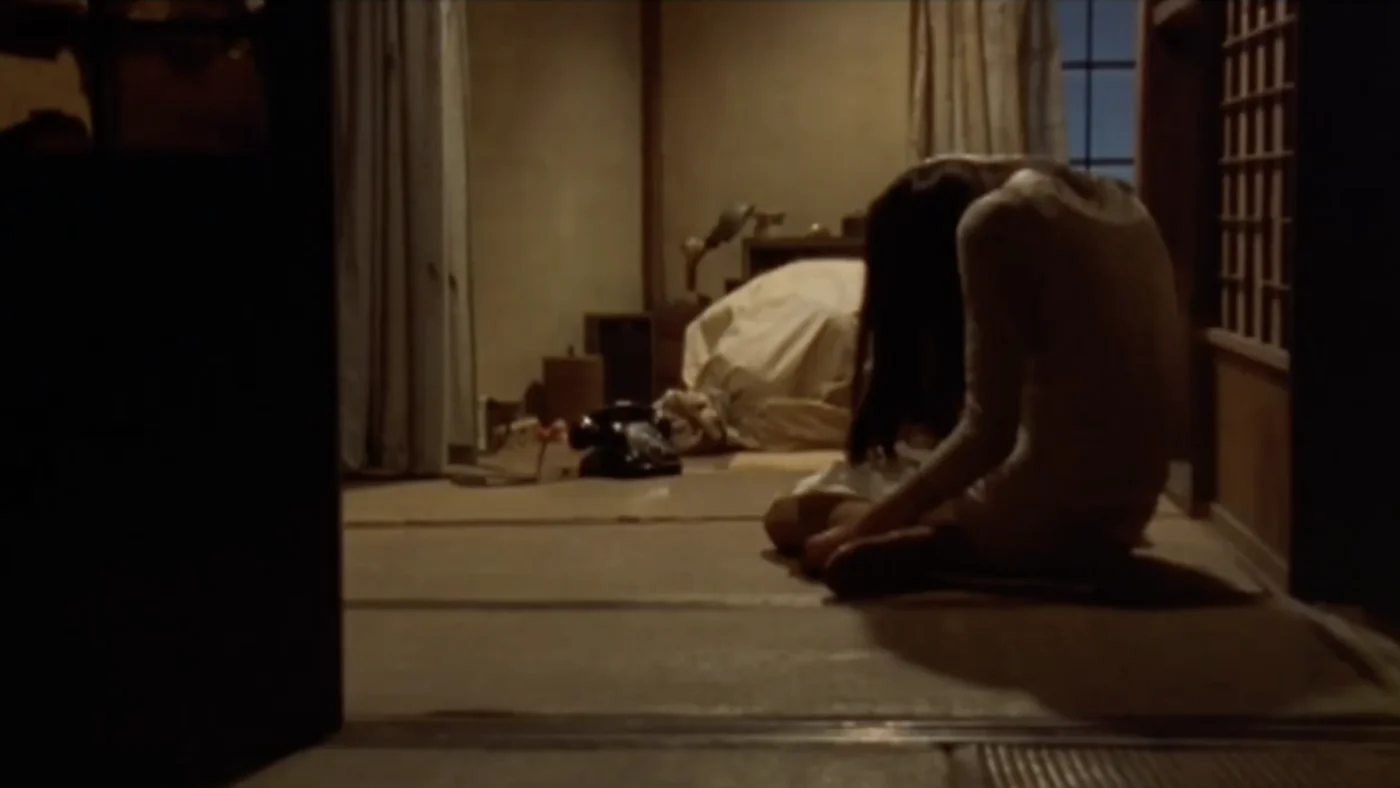
Ju-On: The Grudge (2002)
Takashi Shimizu's "Ju-on" creates a new mythology for haunted house stories. The curse born from a violent death in a seemingly ordinary Tokyo home spreads like a virus to anyone who enters, following them wherever they go. The non-linear narrative adds to the disorientation as different characters encounter the vengeful spirits of Kayako and her son Toshio at various points in the curse's timeline. What makes this essential Halloween viewing is its relentless atmosphere of dread and the iconic imagery that has influenced horror cinema worldwide. Kayako's croaking death rattle and jerky, unnatural movements tap into primal fears, while young Toshio's cat-like meowing and sudden appearances create jump scares that actually matter to the story. The film's structure, told in chapters that overlap and interconnect, creates a puzzle that becomes more terrifying as pieces fall into place. Unlike Western haunted house films where leaving means safety, "Ju-on" presents inescapable doom - once you're marked, there's no running from the curse. The grainy, documentary-style cinematography adds authenticity to the supernatural events, making viewers feel like they're watching something they shouldn't be seeing.
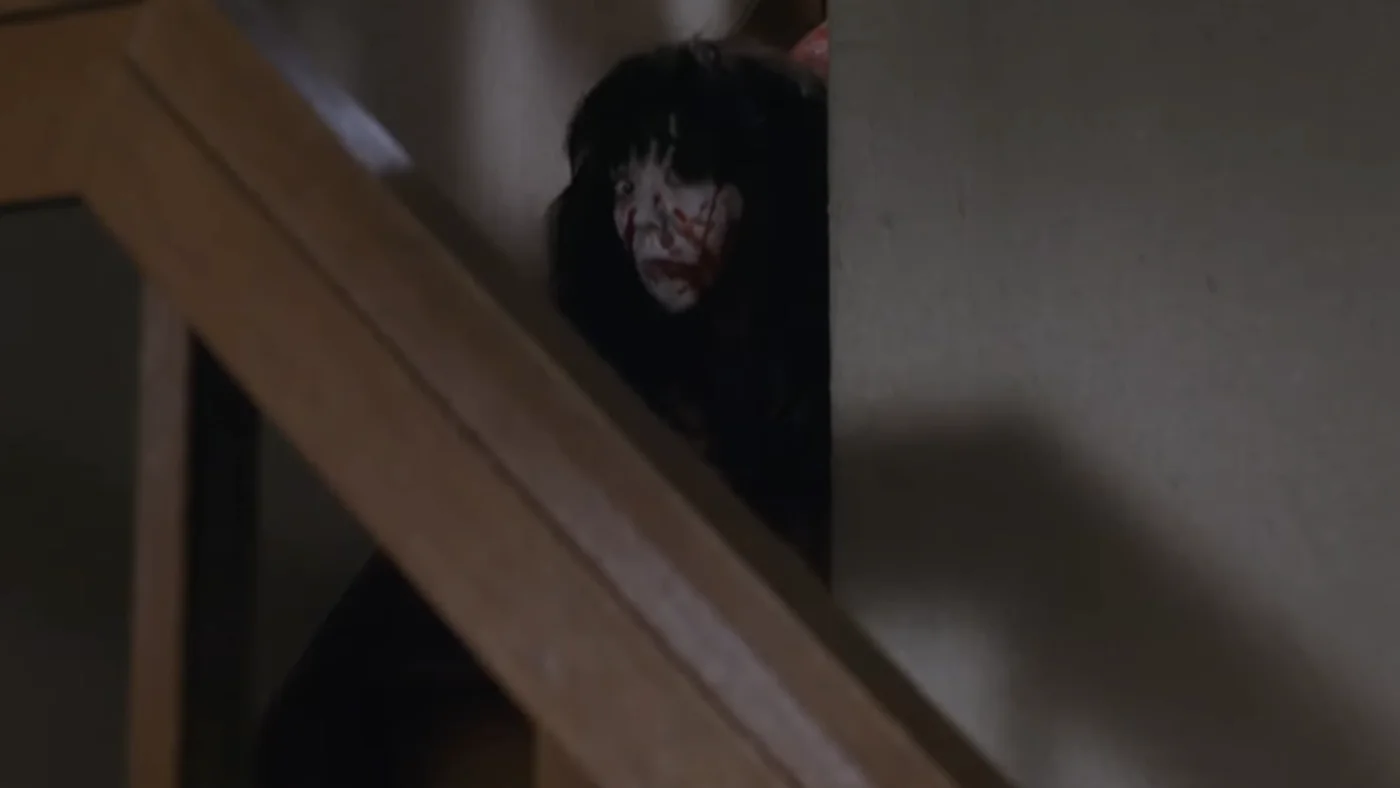
Pulse (2001)
Kiyoshi Kurosawa's apocalyptic ghost story predicted our digital isolation years before social media consumed our lives. As people in Tokyo begin disappearing after encountering mysterious websites, the boundary between the living and dead dissolves through computer screens and shadowy figures that shouldn't exist. "Pulse" transforms technology from a tool of connection into a portal for existential horror, making it eerily relevant for modern Halloween viewing. The film's ghosts don't attack or pursue; they simply exist in impossible spaces, moving with unnatural slowness that somehow makes them more terrifying than any shrieking specter. The iconic "forbidden room" sequences, marked with red tape, create some of J-horror's most memorable images as victims encounter spirits that move like corrupted video files. Kurosawa's masterpiece isn't just about ghosts - it's about loneliness, isolation, and the horror of being forgotten in an interconnected world. The apocalyptic scope sets it apart from typical ghost stories, as Tokyo gradually empties and characters realize they're witnessing humanity's quiet end.
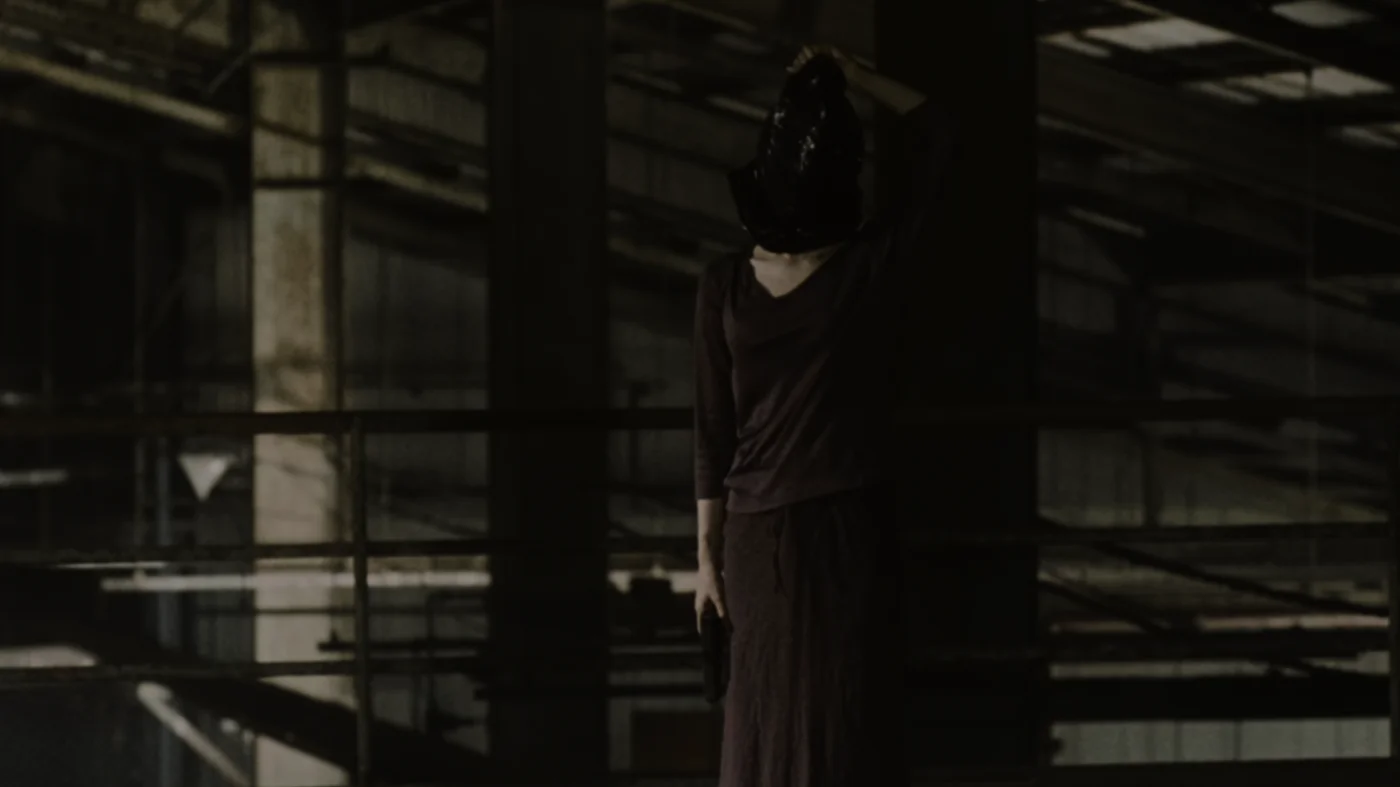
Cloud (2024)
Kiyoshi Kurosawa, the master who terrified audiences with "Cure" and "Pulse," returns to prove that modern horror doesn't need ghosts when you have the internet's capacity for anonymous cruelty. The film follows Yoshii, an ambitious factory worker who quits his job to pursue online reselling, marking up questionably obtained goods for massive profits. What begins as petty digital capitalism transforms into something far more sinister as Yoshii becomes slowly disconnected from humanity, and after a series of mysterious incidents, begins to suspect his former victims could be plotting the ultimate revenge. Kurosawa creates horror through minimalist techniques - one of the most thrilling moments involves the protagonist sitting on a bus and suddenly panicking about who might be standing behind him, with only a blurred silhouette visible beyond his shoulder. The film's genius lies in how it leverages the social disaffection at the heart of Kurosawa's analog horror masterpieces into a sterile morality tale about the dehumanizing nature of digital communication. What starts as a slow-burn examination of online hatred and profiteering gradually escalates into shocking violence, suggesting parallels to how modern wars come into being. "Cloud" offers a different kind of terror - one that emerges not from supernatural forces but from the very real horror of how easily cruelty spreads when we don't have to look our victims in the face.
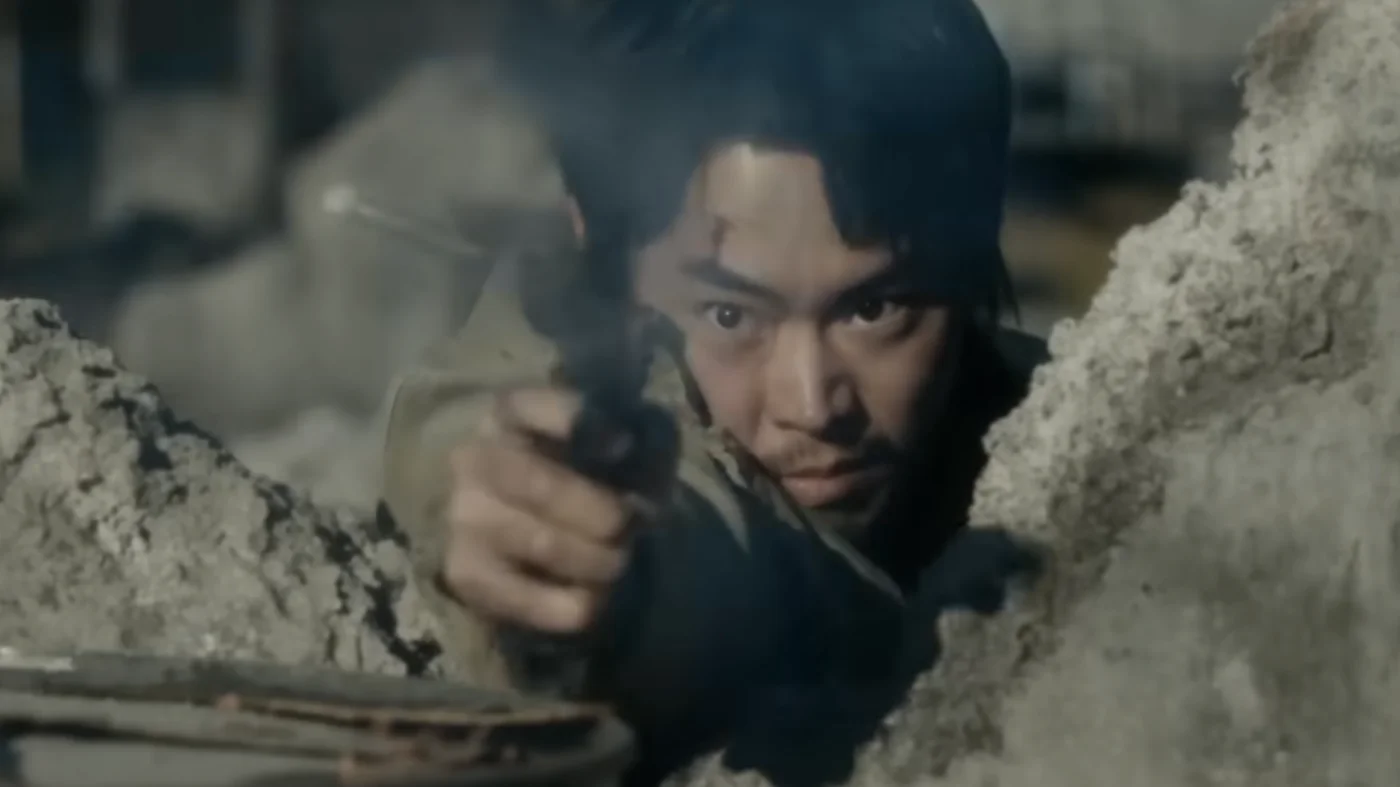
Last Updated:






